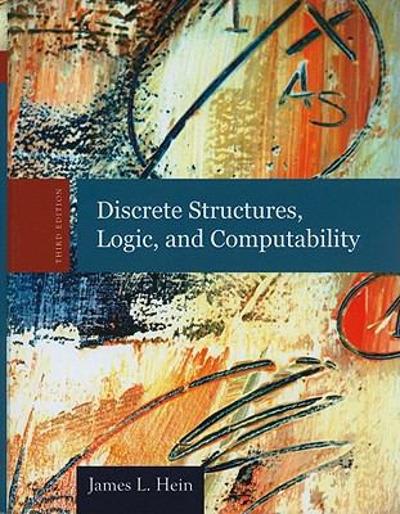Question
1. Assume that the readings at freezing on a bundle of thermometers are normally distributed with a mean of 0C and a standard deviation of
1. Assume that the readings at freezing on a bundle of thermometers are normally distributed with a mean of 0C and a standard deviation of 1.00C. A single thermometer is randomly selected and tested. Find the probability of obtaining a reading greater than -1.344C. a. P(Z>1.344)= ?
2. Assume that the readings at freezing on a batch of thermometers are normally distributed with a mean of 0C and a standard deviation of 1.00C. A single thermometer is randomly selected and tested. Find the probability of obtaining a reading between 0.534C and 2.779C. b. P(0.534 3. Assume that the readings at freezing on a bundle of thermometers are normally distributed with a mean of 0C and a standard deviation of 1.00C. A single thermometer is randomly selected and tested. Find P23, the 23-percentile. This is the temperature reading separating the bottom 23% from the top 77%. c. P23 =__ C 4. On average, indoor cats live to 14 years old with a standard deviation of 2.7 years. Suppose that the distribution is normal. Let X = the age at death of a randomly selected indoor cat. Round answers to 4 decimal places where possible. a. What is the distribution of X? X ~ N(__,___) b. Find the probability that an indoor cat dies when it is between 13.9 and 17.5 years old. ? c. The middle 30% of indoor cats' age of death lies between what two numbers? Low: __ years High: ___ years 5. The percent of fat calories that a person in America consumes each day is normally distributed with a mean of about 35 and a standard deviation of 10. Suppose that one individual is randomly chosen. Let X=percent of fat calories. Round all answers to 4 decimal places if were possible a. What is the distribution of X? X ~ N(__,__) b. Find the probability that a randomly selected fat calorie percent is more than 34. ? c. Find the minimum number for the upper quarter of a percent of fat calories. ? 6. The amount of time that people spend at Grover Hot Springs is normally distributed with a mean of 67 minutes and a standard deviation of 17 minutes. Suppose one person at the hot springs is randomly chosen. Let X = the amount of time that person spent at Grover Hot Springs . Round all answers to 4 decimal places where possible. a. What is the distribution of X? X ~ N(__,___) b. Find the probability that a randomly selected person at the hot springs stays longer then 72 minutes. c. The park service is considering offering a discount for the 4% of their patrons who spend the least time at the hot springs. What is the longest amount of time a patron can spend at the hot springs and still receive the discount? minutes. d. Find the Inter Quartile Range (IQR) for time spent at the hot springs. Q1: __ minutes Q3:__ minutes IQR:___ minutes 7. The patient recovery time from a particular surgical procedure is normally distributed with a mean of 3 days and a standard deviation of 1.9 days. Let X be the recovery time for a randomly selected patient. Round all answers to 4 decimal places where possible. a. What is the distribution of X? X ~ N(___,___) b. What is the median recovery time? days c. What is the Z-score for a patient that took 4 days to recover? d. What is the probability of spending more than 2.8 days in recovery? e. What is the probability of spending between 2.1 and 3.1 days in recovery? f. The 80th percentile for recovery times is days.?
Step by Step Solution
There are 3 Steps involved in it
Step: 1

Get Instant Access to Expert-Tailored Solutions
See step-by-step solutions with expert insights and AI powered tools for academic success
Step: 2

Step: 3

Ace Your Homework with AI
Get the answers you need in no time with our AI-driven, step-by-step assistance
Get Started


